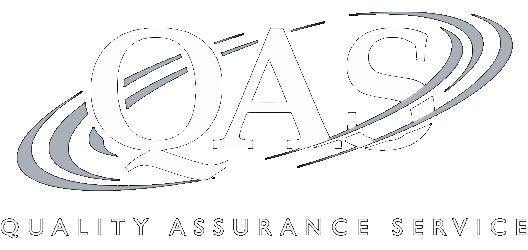Charitable Remainder Trusts: Utilizing CRATs and CRUTs to Minimize Income and Transfer Tax, SECURE 2.0 QCDs
Note: CLE credit is not offered on this program
Recording of a 110-minute CPE webinar with Q&A
This webinar will take a comprehensive look at charitable remainder trusts (CRTs) as a means to reduce estate and income taxes paid by taxpayers. Our notable panel will explain which taxpayers are ideal candidates for CRTs, the calculation of the remainder interest and annual payouts, differences in CRATs and CRUTS, and the SECURE 2.0 provision allowing a one-time transfer to a CRAT.
Outline
- Charitable remainder trusts: introduction
- Benefits
- SECURE 2.0
- CRATs
- CRUTs
- Calculations
- Caveats
- Best practices
Benefits
The panel will cover these and other critical issues:
- Preparing for IRS scrutiny of CRTs
- Calculating the remainder interest for contributions to a CRT
- Utilizing SECURE 2.0 one-time qualified charitable distribution to a CRAT
- Differences between CRATs and CRUTs
- Clients who could benefit most from CRTs
Faculty

Renee M. Gabbard
Partner
Procopio, Cory, Hargreaves & Savitch
Ms. Gabbard’s practice focuses on privately held businesses, high net worth clients, and charitable... | Read More
Ms. Gabbard’s practice focuses on privately held businesses, high net worth clients, and charitable organizations. Her areas of practice include all aspects of income, capital gains, gift and estate tax planning, charitable planning, advanced wealth and business succession planning, capital gains tax deferral techniques, acquisition, sale and liquidity planning, private corporate structuring, asset freeze techniques, family office planning, insurance planning, trust tax planning, and trust administration.
Close
Douglas J. (Doug) Stanley
Partner
Bryan Cave Leighton Paisner
Mr. Stanley counsels and advises clients, including high net-worth individuals, professionals and entrepreneurs, on a... | Read More
Mr. Stanley counsels and advises clients, including high net-worth individuals, professionals and entrepreneurs, on a wide range of sophisticated estate planning, tax and fiduciary matters. His broad practice includes estate planning and administration as well as income tax planning, with a particular emphasis in the areas of wealth transfer tax planning and wealth transfer strategies. Mr. Stanley has experience in individual estate administration, closely-held business succession planning, asset protection and tax financial planning.
Close
